Visit Granada: What free activities and visits to Granada, the beautiful Andalusian city with multiple facets?
This small jewel located south of the Andalusia region, Spain, is known to host the Alhambra, one of the major monuments of the maure culture of this part of the Iberian Peninsula. Granada is the perfect holiday resort for a few days. You will have the chance to discover architectural treasures as well as a heteroclite and millennium culture while saving. We have identified for you the best free activities and visits to schedule during your stay in this pretty citadel. Here is the list of 9 free activities and visits to Granada.
1. Alhambra Museum
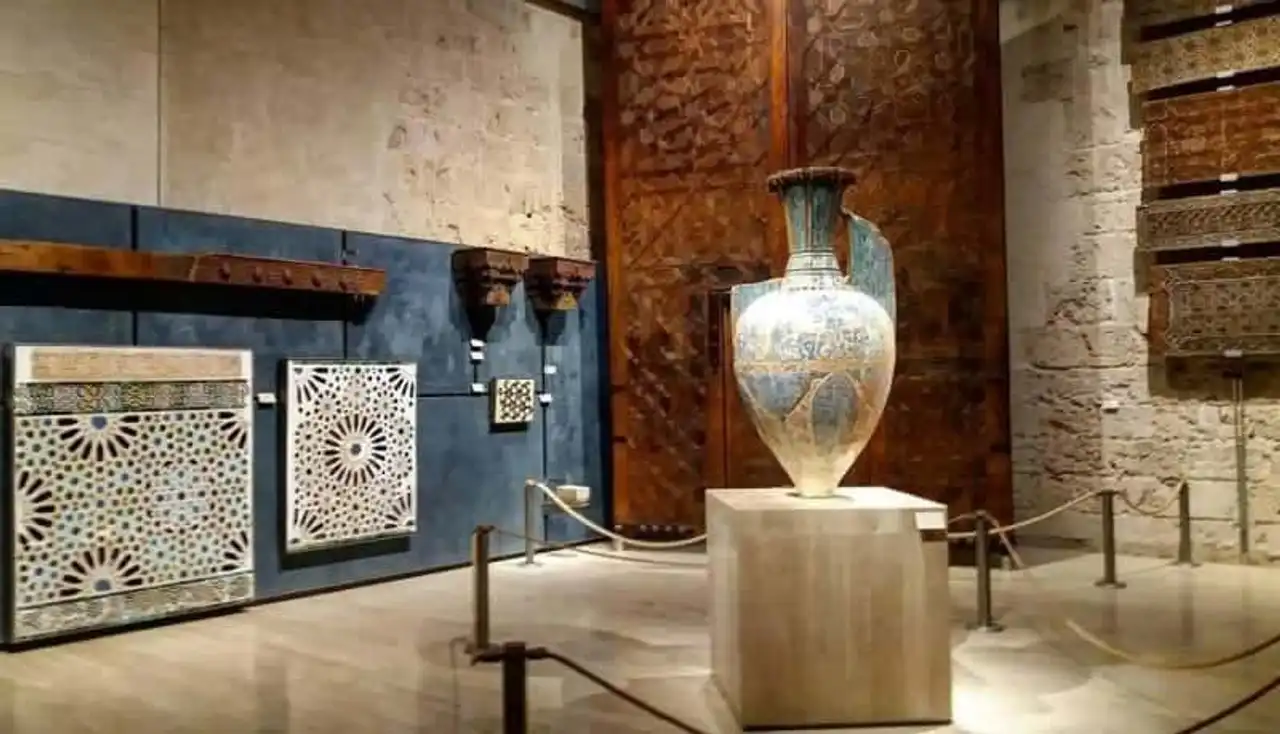
Photo credit: Instagram -huertas.anna94
Located in the enclosure of the fortress of the Alhambra and more specifically on the south side of the ground floor of the Palais de Charles V, the Alhambra Museum, was created in 1870 to protect the many archaeological testimonies collected by the Provincial Commission of Monuments. You will be immersed in Hispano-Mauresque art and culture. The museum consists of seven rooms: the first room houses thematic exhibitions and the other rooms present works classified in chronological order.
The entrance to the Alhambra Museum is free for citizens of the European Union.
2. Mirador San Nicolás
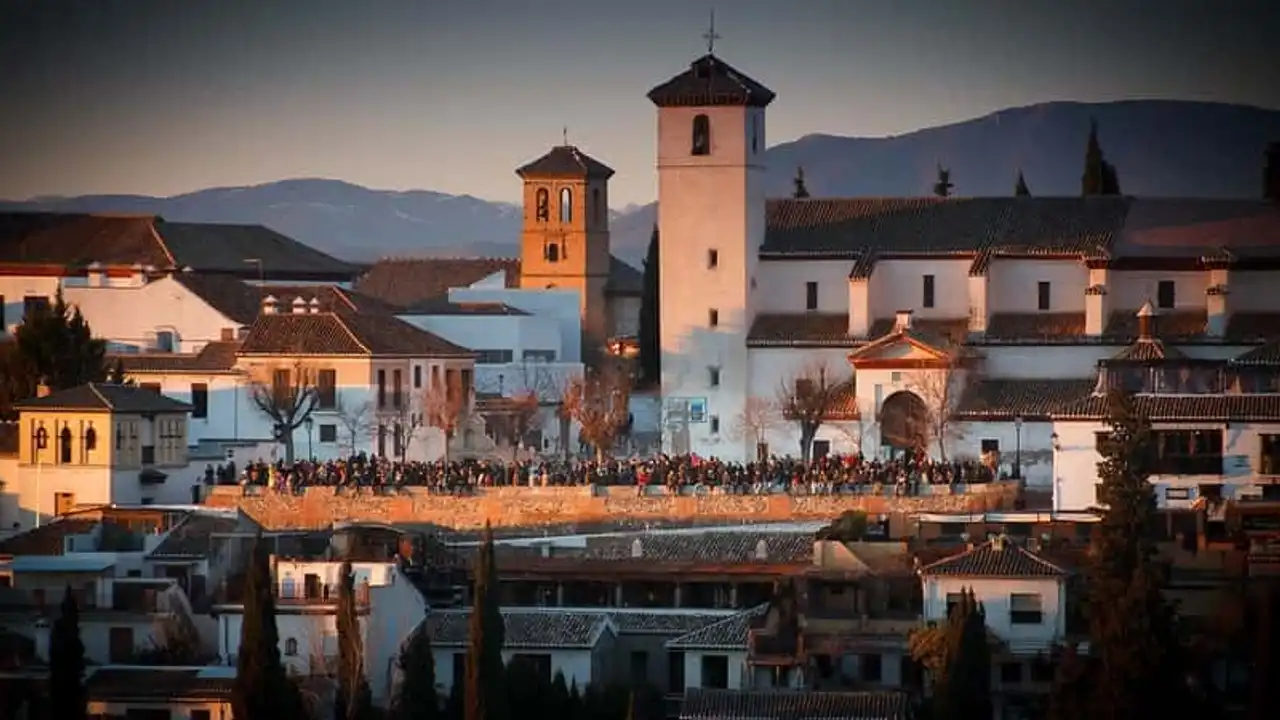
Photo credit: Flickr – Rufus Gefangenenen
This is one of the most popular free activities in Granada. Climb to the observation item , the Mirador San Nicolás, walking in the boring paved streets that depart from the Albaicín district. From the top of the hill you will be captivated by the panoramic view of the city of Granada, the fortified palace of the Alhambra, the Vega de Granada (prairie of Granada) and the snowy peaks of the Sierra Nevada mountain range.
The Mirador San Nicolás is visiting any time of the day, regardless of the season. The best time to take pictures is twilight.
3. Fine Arts Museum
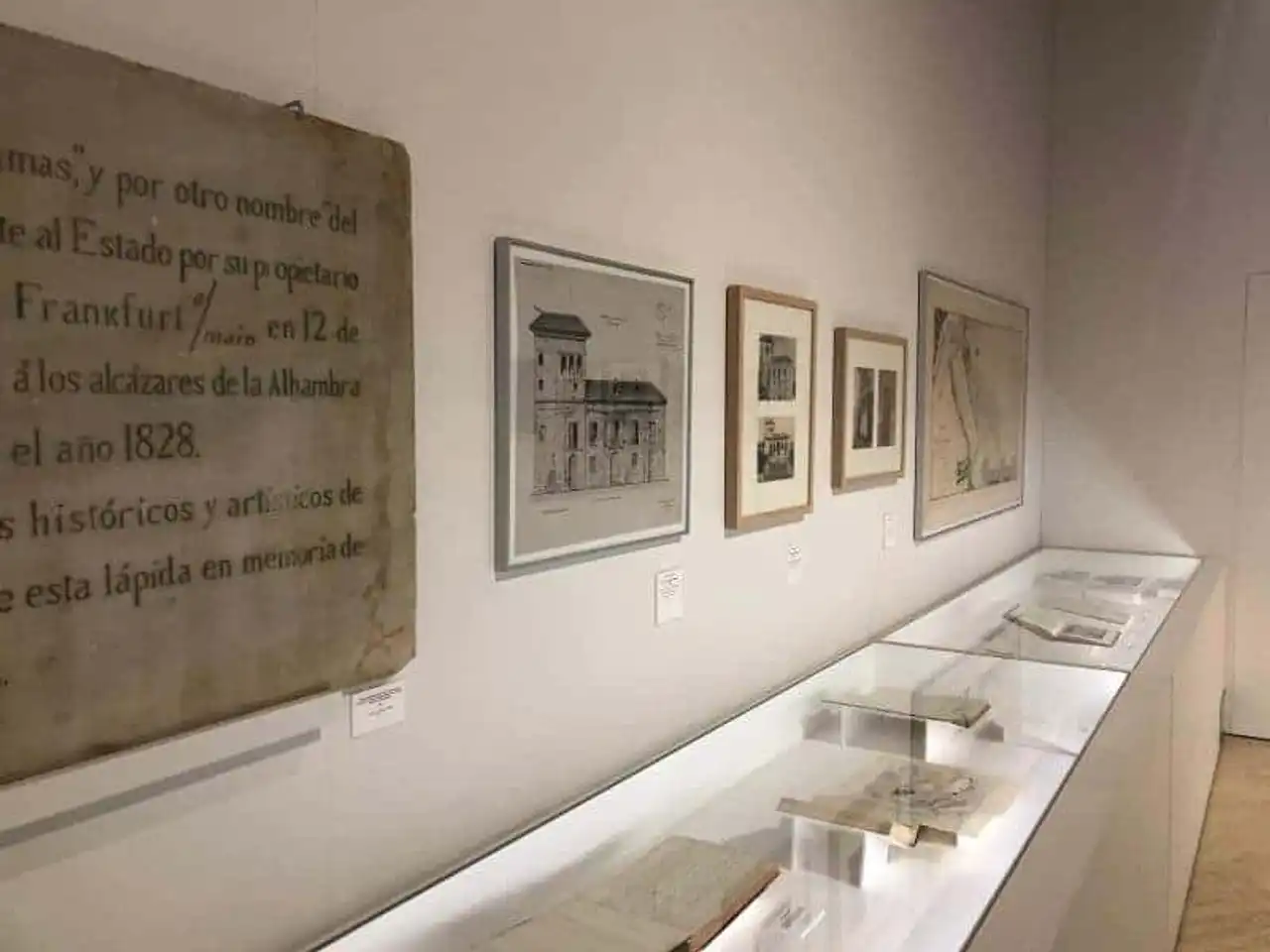
Photo credit: Facebook – ART HAS NO AGE
On the first floor of the Palais de Charles V, the same as the one that houses the Alhambra Museum, you can contemplate works of art from the 15th to the 20th century representing the city of Granada. Through the six rooms that make up the gallery, you will discover as many baroque paintings and sculptures as well as the Renaissance. Don’t miss the contemporary art exhibitions of local artists.
The museum is free for European Union nationals, students and over 65 years of age.
4. El Corral del Carbón
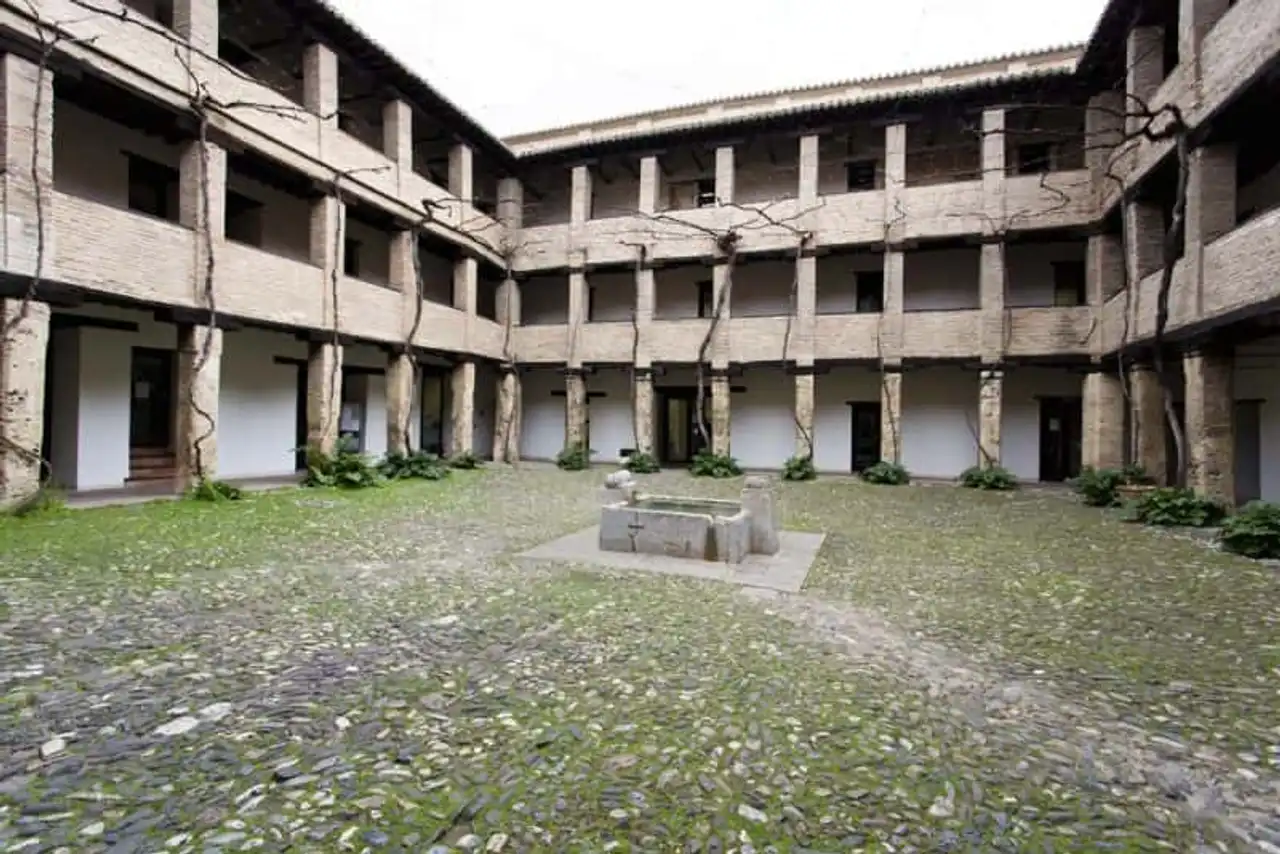
Photo credit: Shutterstock / lapas77
This former caravanserail, a building that welcomed merchants and pilgrims along the roads during their stopovers, is the only one in Spain. It was built in 1336 under the nasride dynasty. After the Reconquest, this inn for merchants turned into a theatre where the great Spanish playwright Lope de Vega performed, before being used as a court for coal vendors. It is also during this period that the building was named Corral del Carbón, which means the coal stock. Since 1933, this building has been owned by the State and has been hosting in its courtyard, especially in the summer, concerts and theatrical performances as well as flamenco.
Located behind the city hotel, near the plaza del Carmen , the entrance is free and free from Monday to Sunday from 9am to 7pm.
5. The Albaicín district
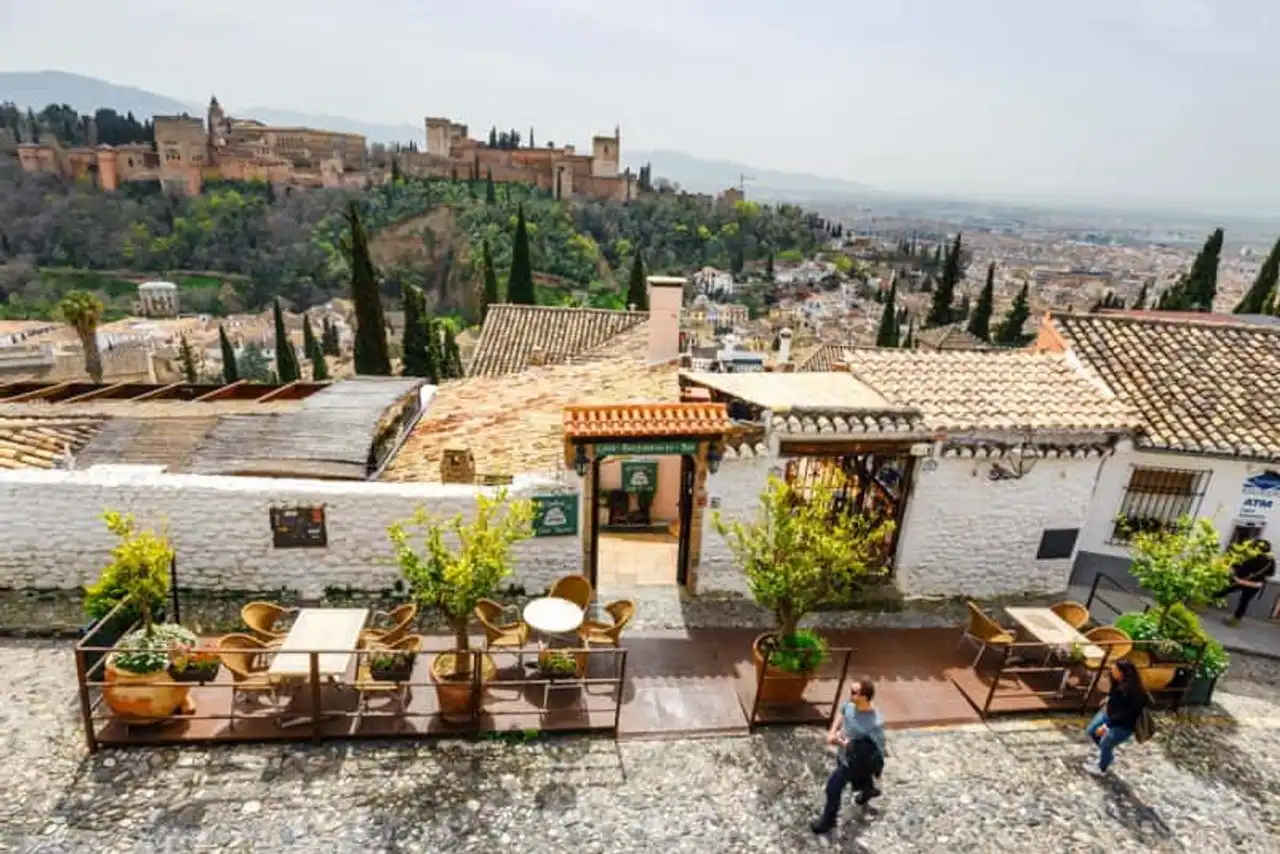
Photo credit: Shutterstock / Dziewul
During your stay in Granada, a walk in Albaicín , the former Andalusian Arab quarter of Granada built on the hill in front of the Alhambra, is one of the free visits to Granada. This Moorish district is a labyrinth of alleys and squares lined with a multitude of whitewashed houses. It has been inhabited since the 11th century, under the nasride dynasty, in the 12th century, that this area is transformed into an urban centre welcoming medinas, palaces and large mosques. After the reconquest of Granada by the Catholic kings in 1492, the original mosques of this neighborhood were destroyed and replaced by churches.
Don’t miss to pass before Dar al-Horra, a nasride palace dating from the 15th century, and to stop at El Bañuelo, public baths of the 11th century, one of the last vestiges of the Albaicín.
6. The garden Carmen de los Mártires
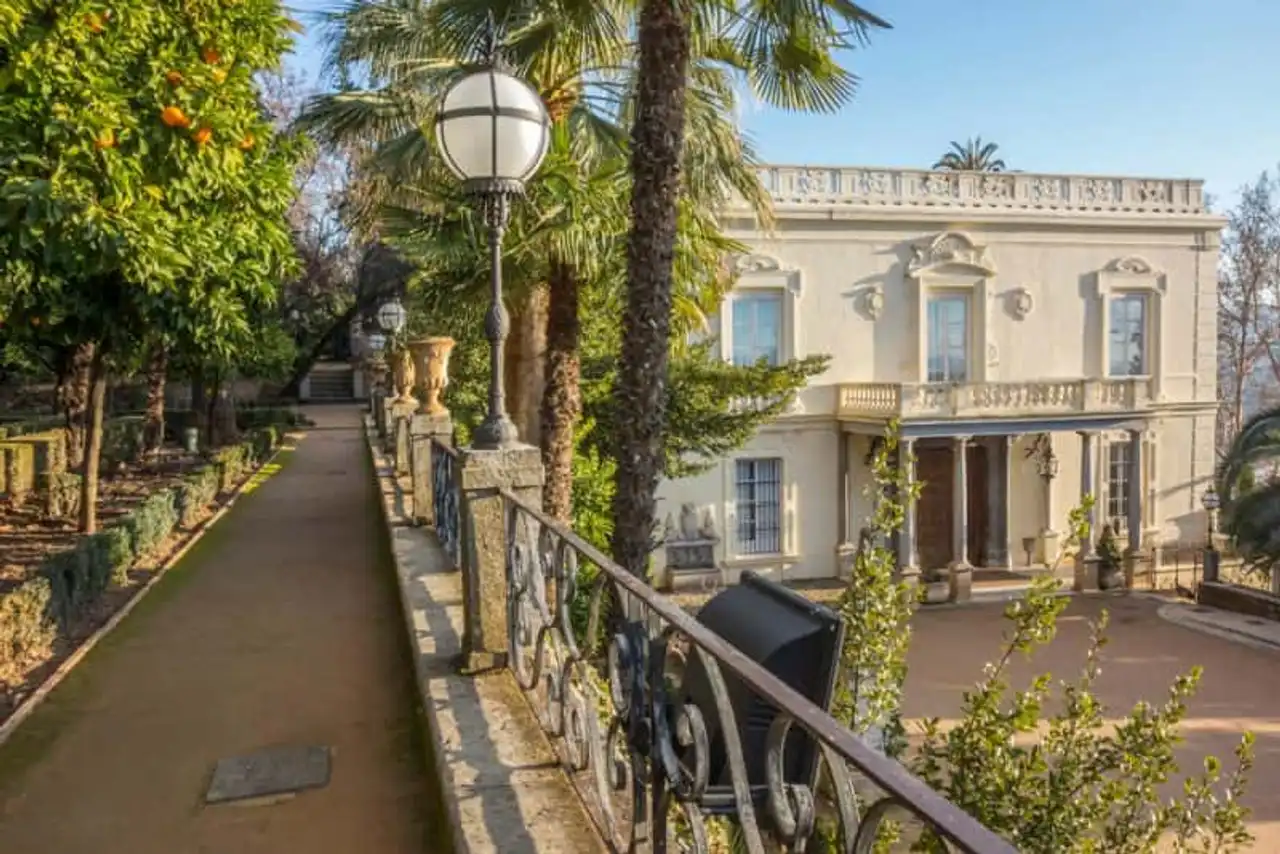
Photo credit: Shutterstock / joan_bautista
This park of seven hectares is adjoining Carmen de los Mártires Palace a construction dating from the 19th century nestled on the hill of the Sabika, the one that houses the Alhambra.
You can walk through various spaces: the French baroque garden with a large pond in the center of which is a statue of Neptune, the garden of Palm trees, decorated with a three-storey fountain and irregular squares of straight hedges and palm trees, the lake where ducks and swans cohabit and the patio of the Nasrids of 1944, where are reproduced the typical elements of the garden of the period, You will also enjoy views of the city of Granada and the mountains of Sierra Nevada.
7. Attend a flamenco show
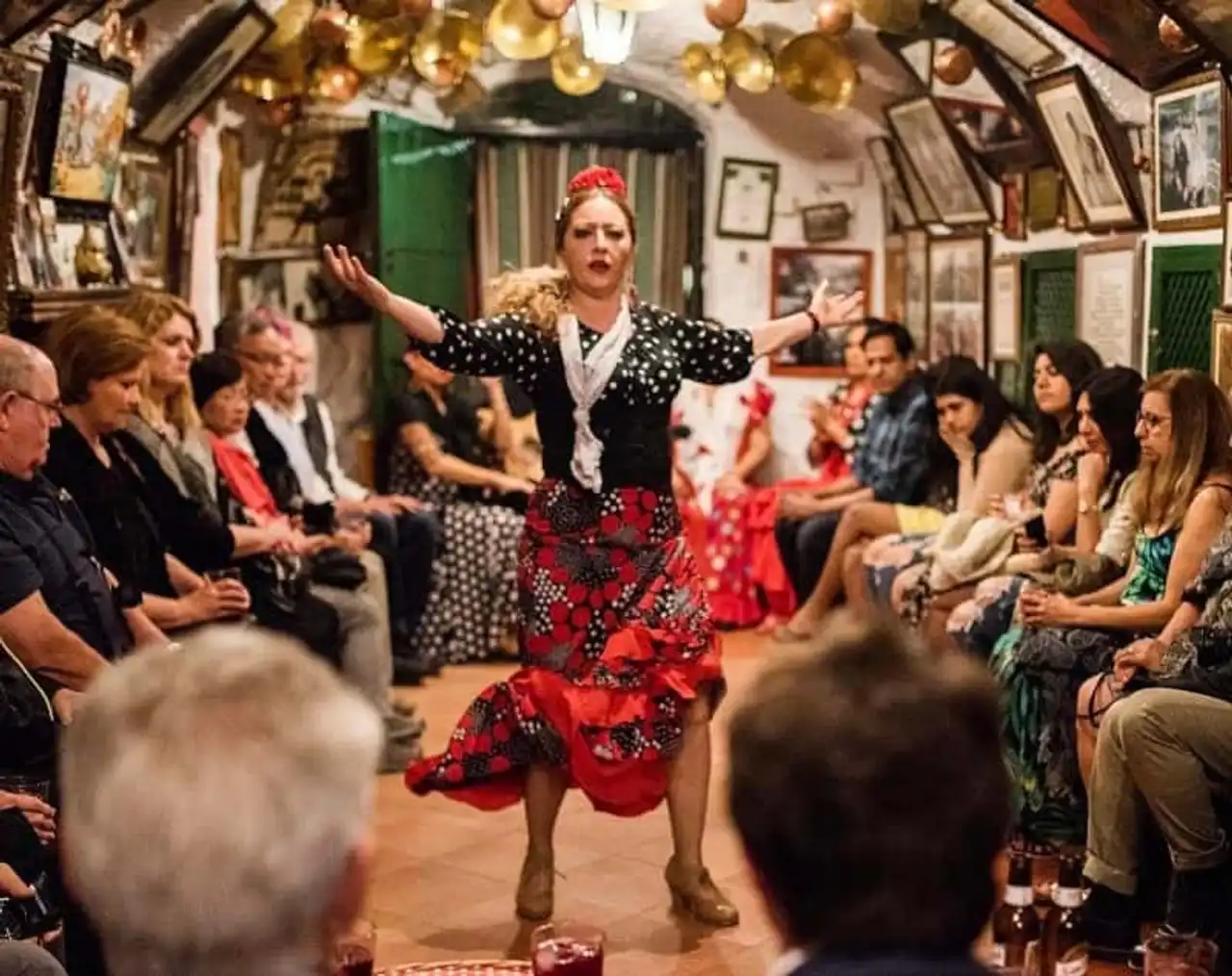
Photo credit: Instagram – zoomzoomcreativeco
You cannot stay in Granada without attending a flamenco show, the free activity to do in Granada par excellence! Flamenco is omnipresent in this medieval city and is an integral part of its history. This dance represents such a tradition in Granada that it has a name that is unique to it: the Zambra. From the Arabic word zumra, which means ‘feast’, the Zambra is the most ancient and traditional form of flamenco. There are many places where you can attend free shows and performances, especially in the streets of the neighborhoods of Albaicín and Sacromonte. The most likely places to find them are on Plaza Nueva, Plaza de las Pasiegas and Mirador San Nicolás after the 20-hour shots.
8. Admire street art
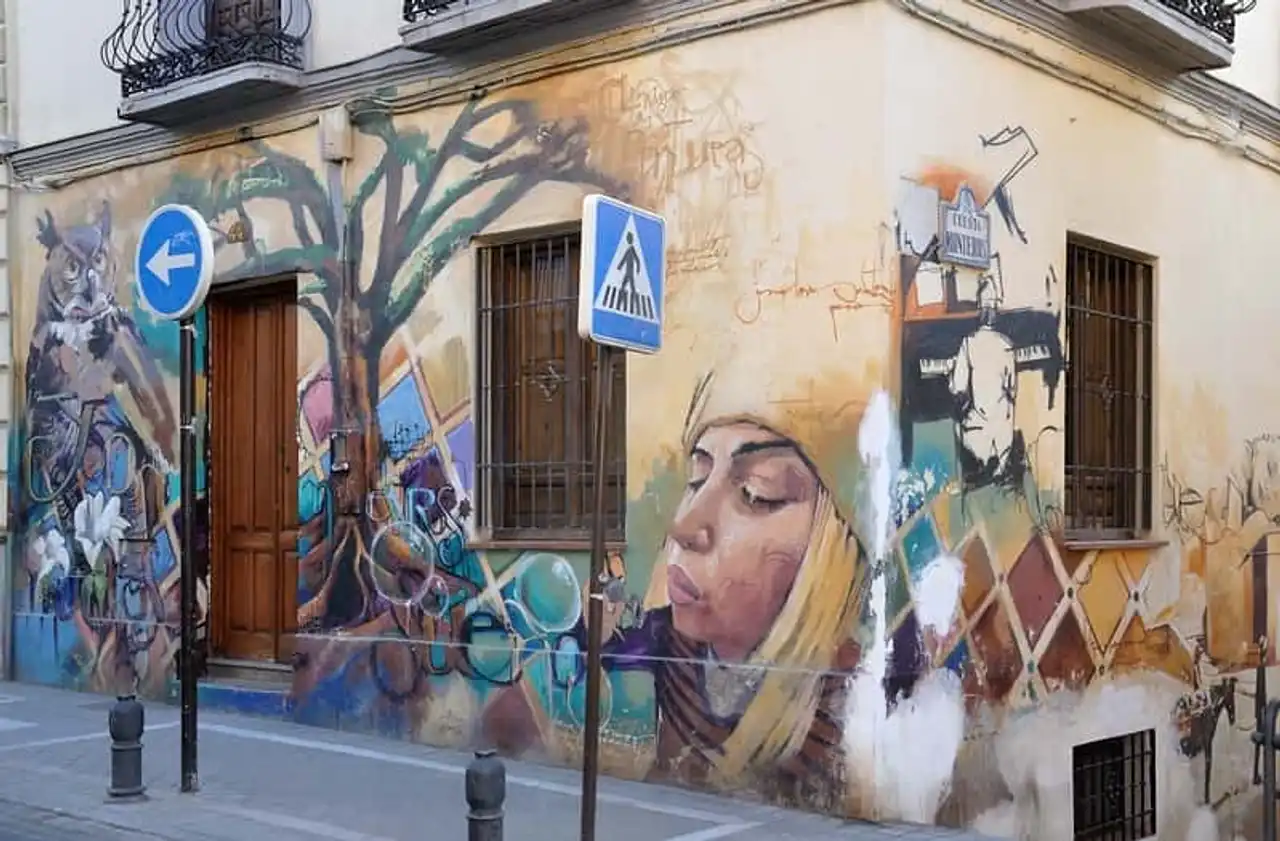
Photo credit: Flickr – Gwen Fran
You do not need to go to a gallery or museum to admire some of the best works of art in Granada, some of the most colourful masterpieces and among the most impressive of the city adorn the exterior walls of buildings and shops. The city was used as a backdrop by talented artists and street art is one of the best free activities to do in Granada.
The Realejo neighborhood undoubtedly contains some of the most beautiful street art drawings. It is in this same neighborhood that the murals of the internationally recognized and award-winning artist Raúl Ruiz, better known as El Niño de las Pinturas, illuminate the walls of the streets. One of the largest and brightest frescoes in the Andalusian city adorns the walls of the Colegio Santo Domingo school. Don’t hesitate to get up early to admire the best graffiti in the city because many of them have been painted on the shutters of shops and businesses.
9. Sacromonte
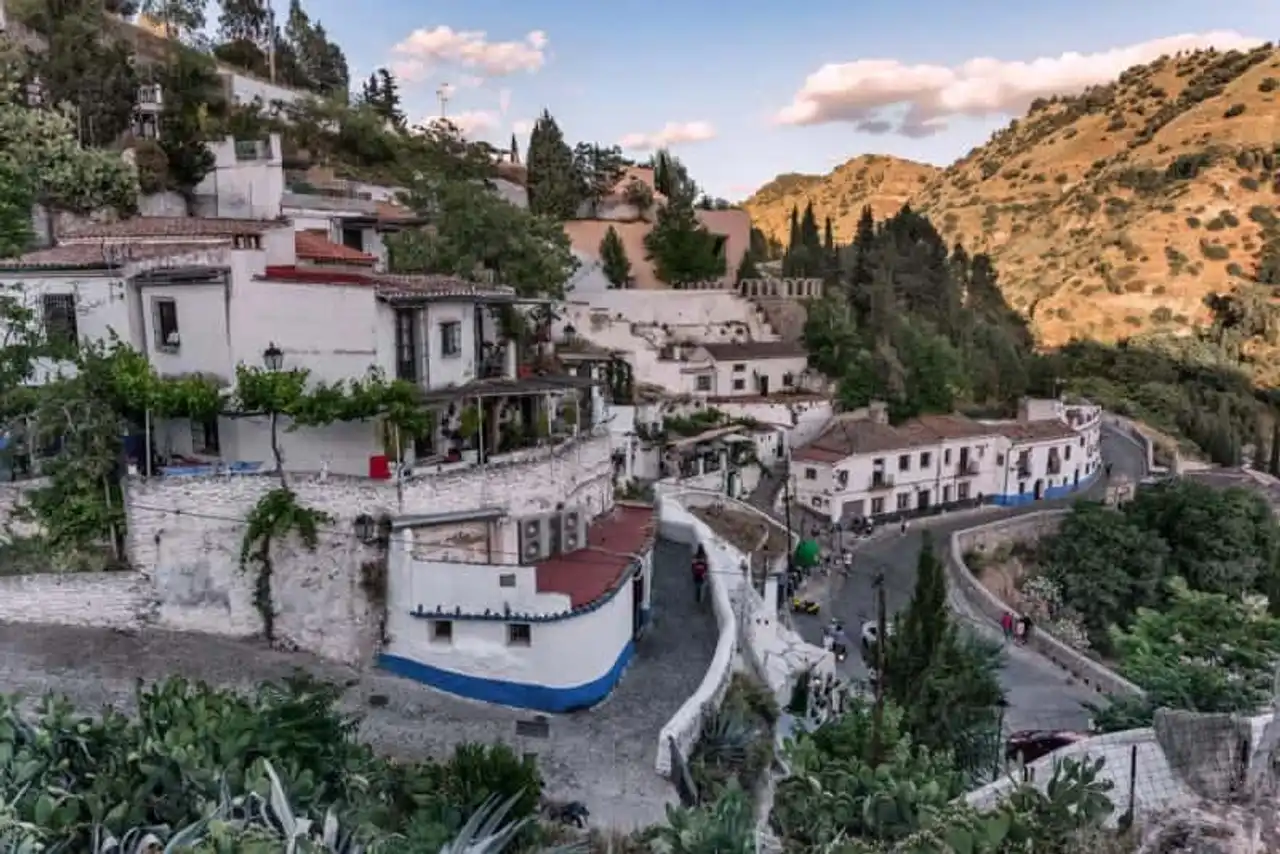
Photo credit: Shutterstock / Chris De Bug
Located on the Valparaíso hill in Granada and adjacent to the north-east side of the Albaicín district, Sacromonte area is an authentic and unique neighborhood. Founded in the 15th century by Spanish gypsies, it is renamed for its caves (Sacromontecuevas) and its troglodyte houses dug into the scary hill, white and blue. This neighborhood has retained its original structure with its narrow alleys and a particular cultural blend is released.
Between the caves that are still inhabited, you will find several that have become bars, discotheques or flamenco show rooms.
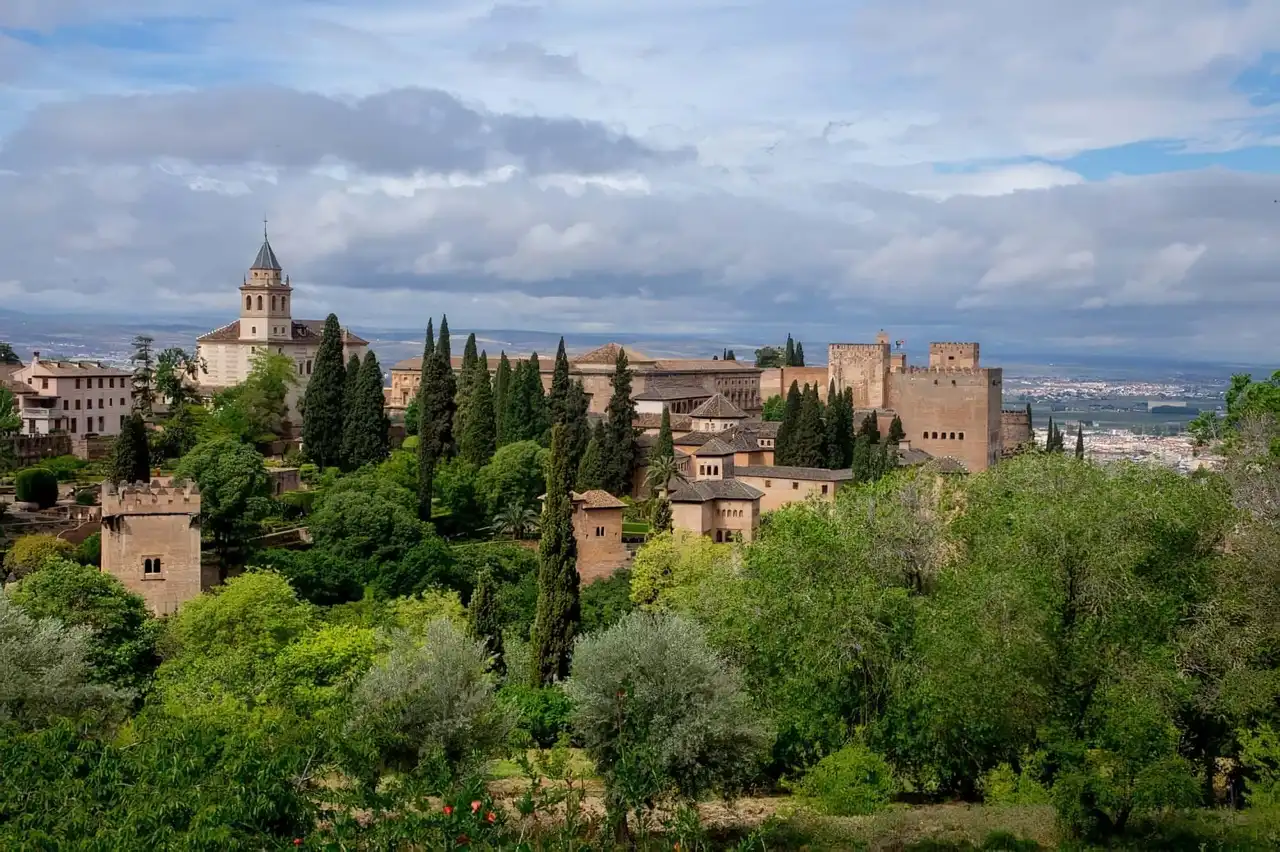





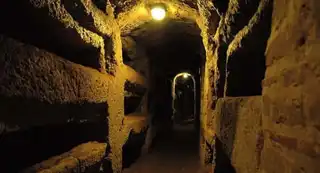
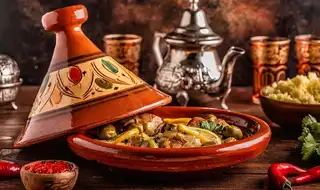
Loading comments ...